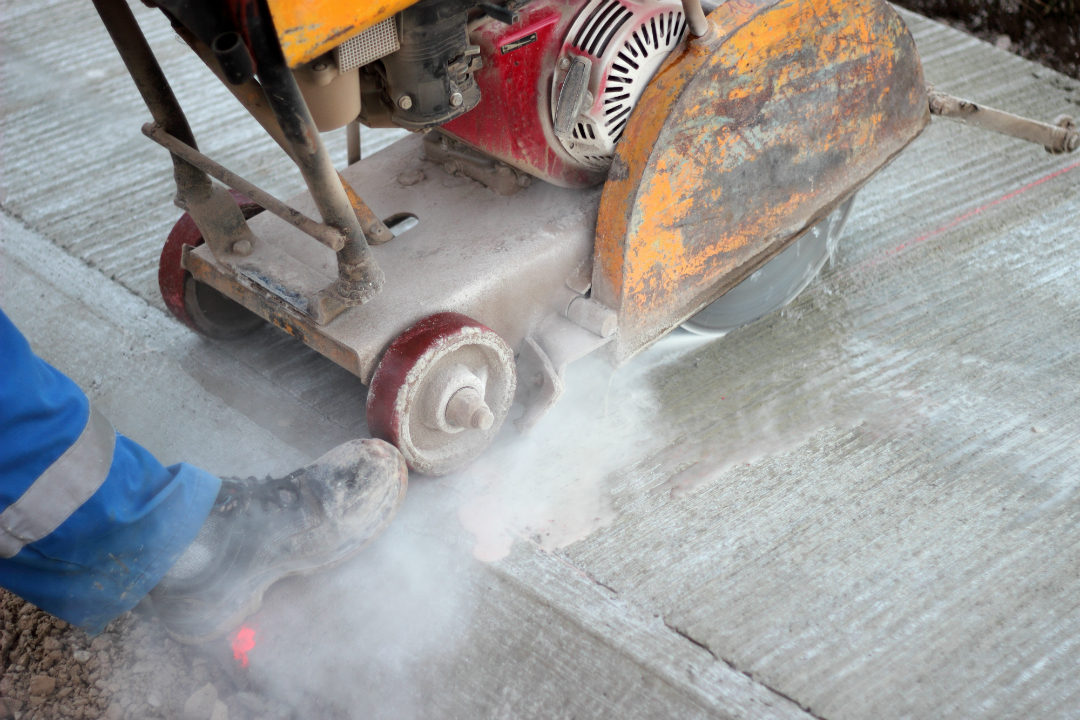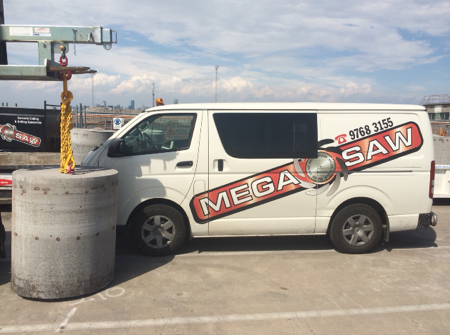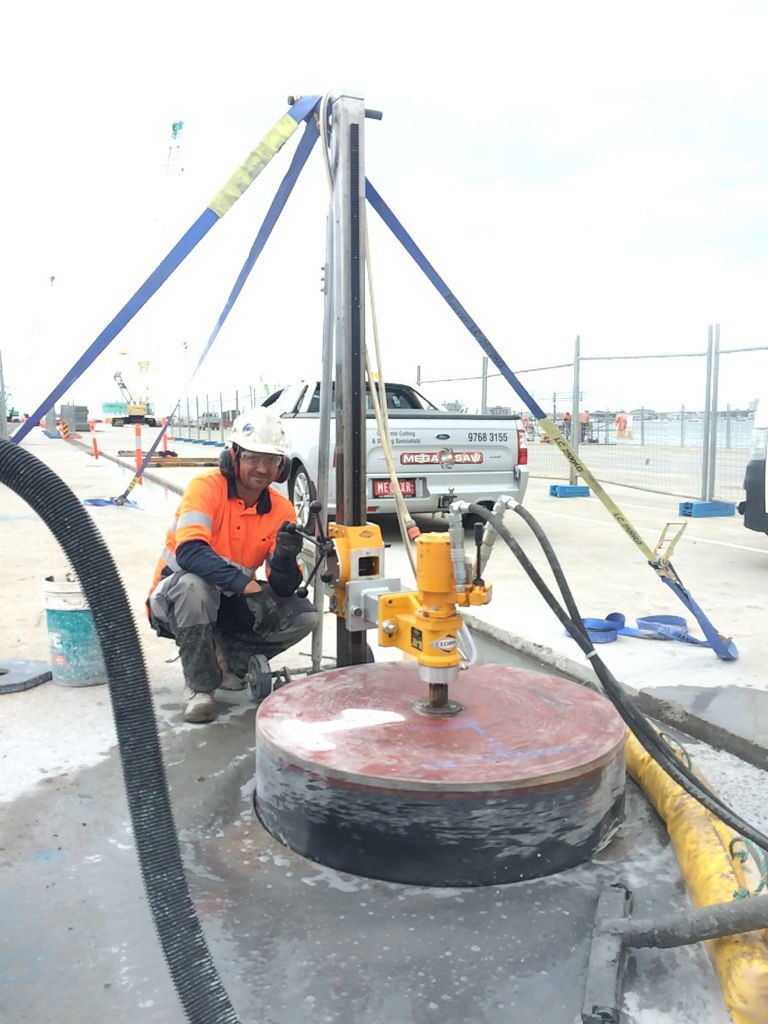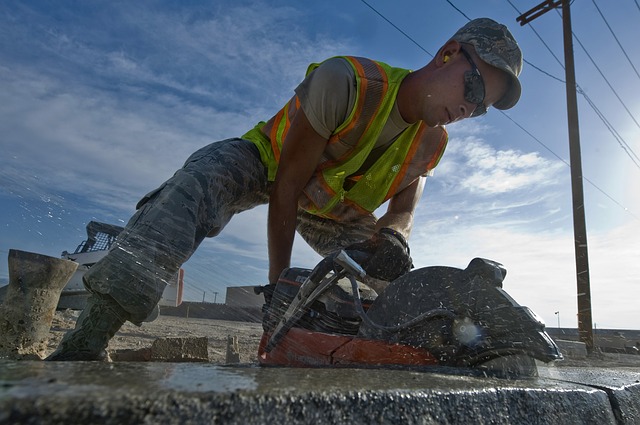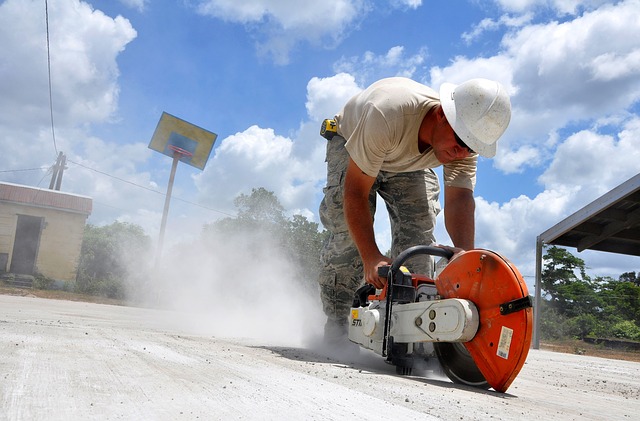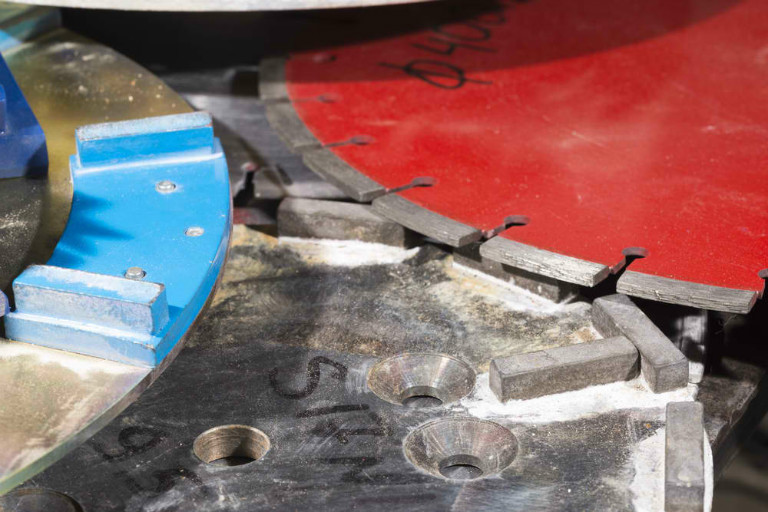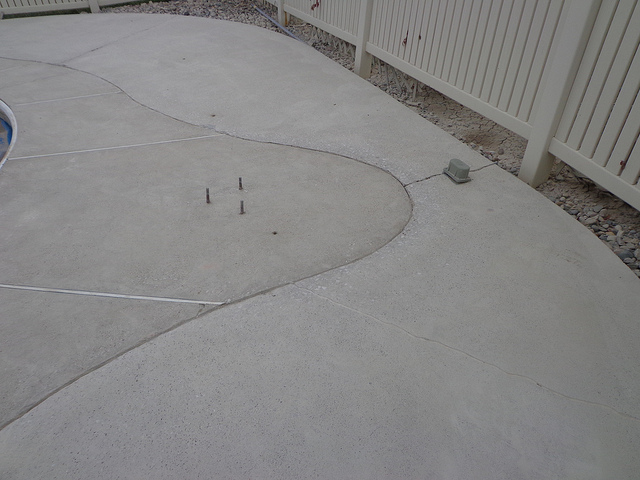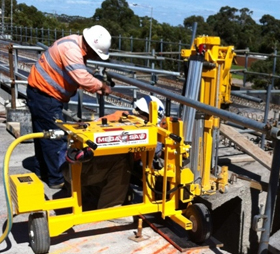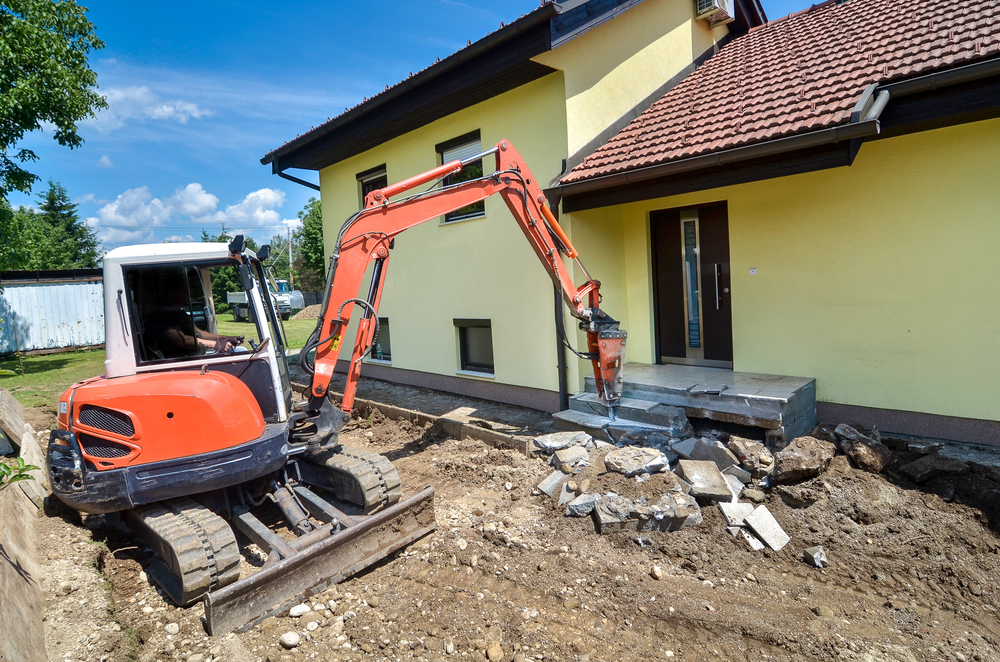
Jobs like having to break up and remove segments of concrete is a huge task but getting rid of the concrete is another problem.
The first thing that has to be determined before any concrete removal job is taken on is determining if there is a need to break up and remove the concrete. It has to be determined if demolishing the concrete is the most economical way to go or is a concrete repair or resurfacing a better alternative. In most cases if the concrete is deeply cracked or has begun to sink then concrete removal and replacement is usually the only option.
Selecting the right equipment
It all begins with using the right demolition tools for the job as each concrete removal job has its own demands. There are many different types of tools that can be used for this job such as a chipping hammer which are handheld concrete breakers ideal for concrete removal that is vertical or in the overhead services.
A demolition hammer is another tool that may be required which is different from Rotary hammers. In this case this particular tool can deliver a hammering action to help break up the concrete for easier removal. The decision will have to be made between using a demolition hammer or a rotary hammer.
Another tool that may be required is the diamond wire saw which is sometimes more efficient than the circular saws. The one advantage of this particular saw is its ability to cut concrete no matter how thick it may be.
There is also the possibility that a hydraulic concrete crusher may be the best option. The advantage of using this tool is that it will break the concrete down into smaller pieces which are easier to handle and dispose of.
There are many different tools that can be used for wall sawing or concrete removal, and it is important that the right tools are chosen. It is also equally important that the individual operating the tools has the expertise that is needed. We recommend that only those that have been properly trained carries out the work in order to get the job done correctly and to keep safety as the priority.
No doubt purchasing any of these tools can be very expensive and adds to the inventory of the businesses that may require the need of them. Not only is there a cost involved in the purchase, but also in the storing, maintaining and repairing of the tools. Many commercial entities that have a need for concrete removal find that farming the job out to professionals like ourselves, that specialise in concrete demolition and removal is a far more economical way of getting the job completed.

Turn to the professionals
While many commercial entities have a need for commercial demolition and concrete removal there are many home owners that often find they have a need for concrete removal as well. A good example of this can be if their driveway needs replacing. We recommend that those who need to remove the concrete from their driveway get the opinion of professionals such as ourselves to determine the amount of work and the feasibility of this type of project.
What most people don’t realise is that concrete will always eventually crack and at some point in time will need to be replaced. Most often individuals who like to work on their home themselves feel they can attack this type of job alone but often run into many difficulties. This is one of the reasons that we highly recommend using professionals such as ourselves to complete this type of significant task. In the end, it can save a lot of money by preventing the many errors and problems that can take occur with concrete removal.
The size of the job is going to dictate whether you need a professional to do this for you. If you are only looking at a small home project such as removing an old walkway then with the right instruction and tools you most likely can do this yourself. It should not be thought that because you are capable of doing the small jobs, however, that you have developed the expertise for taking on the bigger ones like replacing your driveway or if you are replacing or demolishing concrete walls.
Safety precautions
If you have to do any digging then it’s really important to check there are no wires, pipes or cables that may be underground. You need to call the necessary people to ensure this.
Planning a concrete removal project also requires you to look at the proper measurements required for the job. It is most disappointing to build your patio and then once completed wish you had made it bigger. If you are in doubt, we highly recommended that you speak to professionals such as ourselves concerning your project so that we can advise you as to your best options.
Safety is a big factor when working with concrete whether you are demolishing it or installing it. We highly recommend that you are aware of these potential dangers and that you also use the proper equipment for your job at hand, as well as wearing the proper safety equipment.
Be sure to call us as we would be most happy to discuss your concrete job with you and how we may be able to assist. If there are ways that you can do this yourself safely and cost effectively we will certainly tell you. However, if it is a job that we feel you require the help of professionals then we can be at your service.

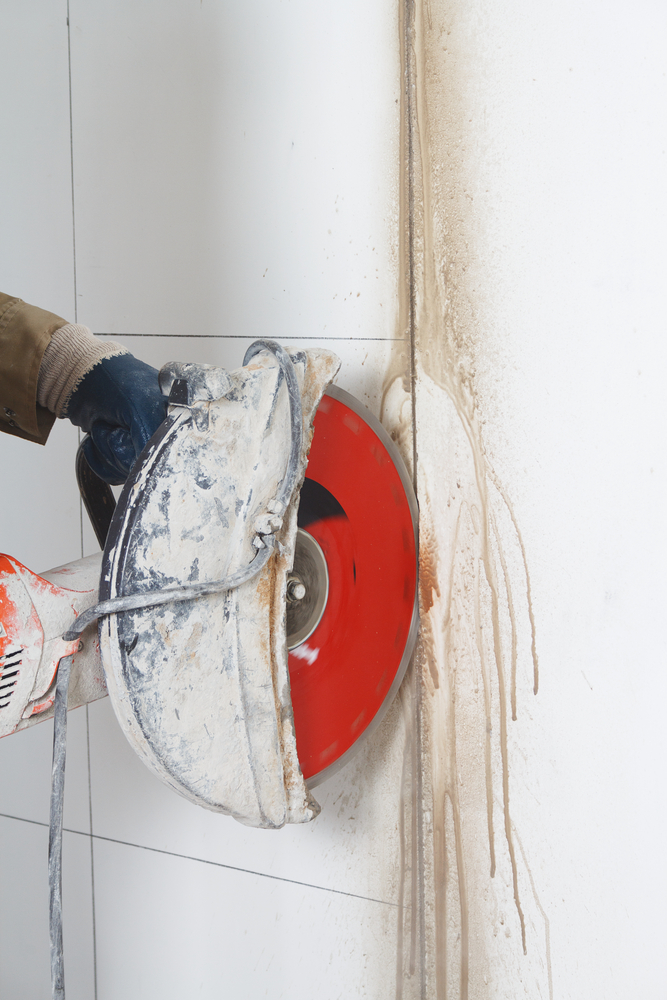
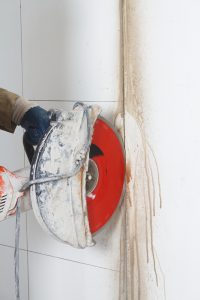
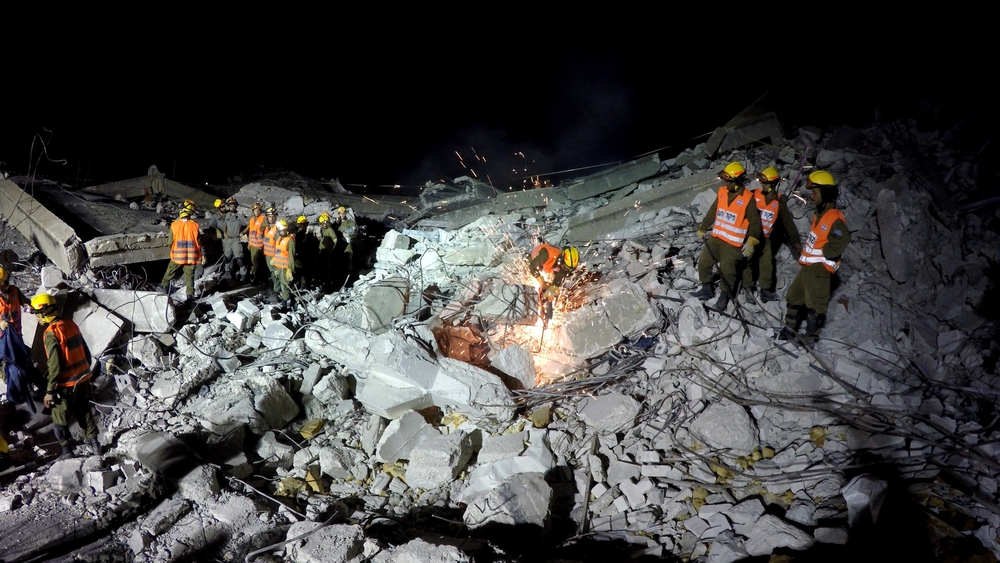
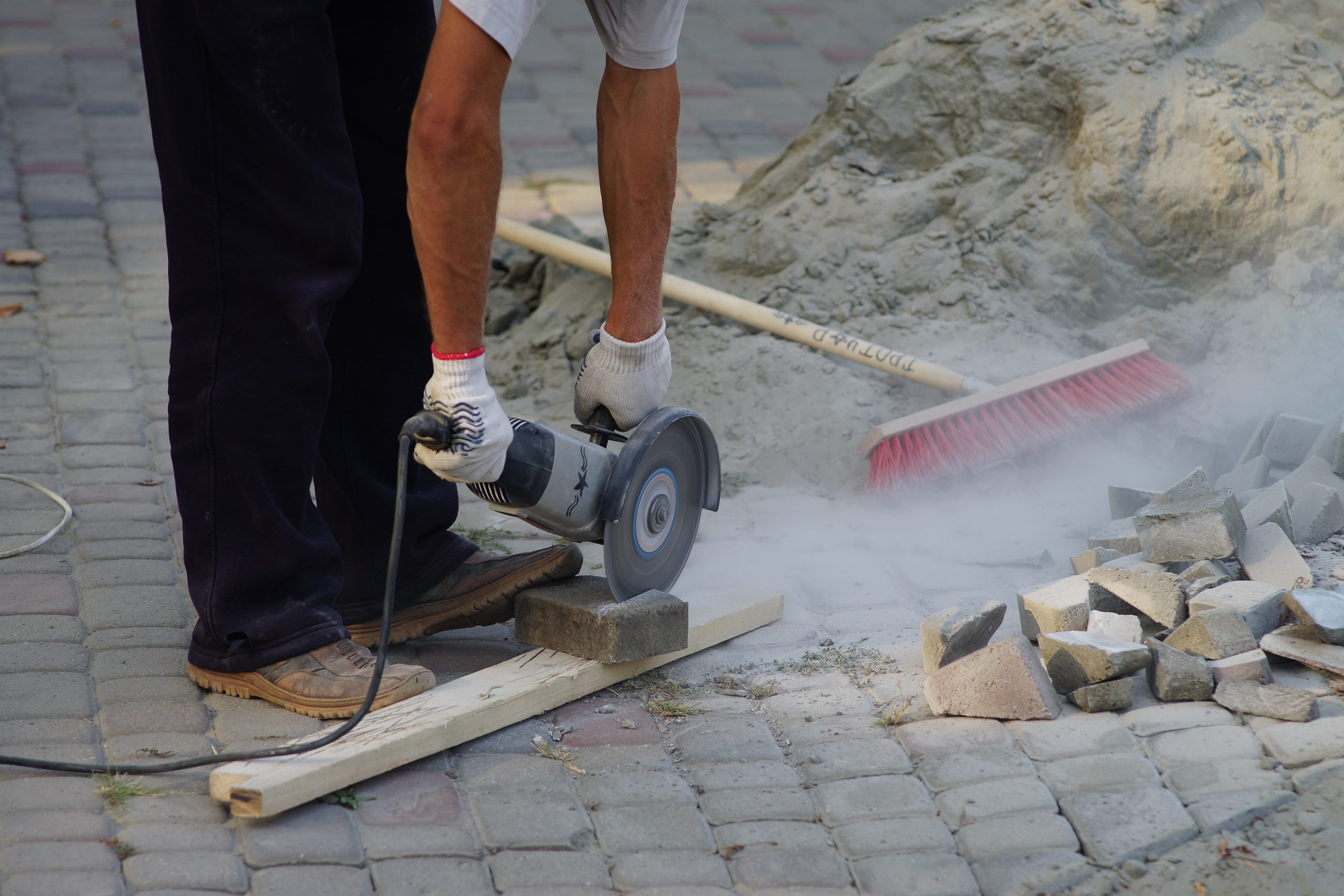
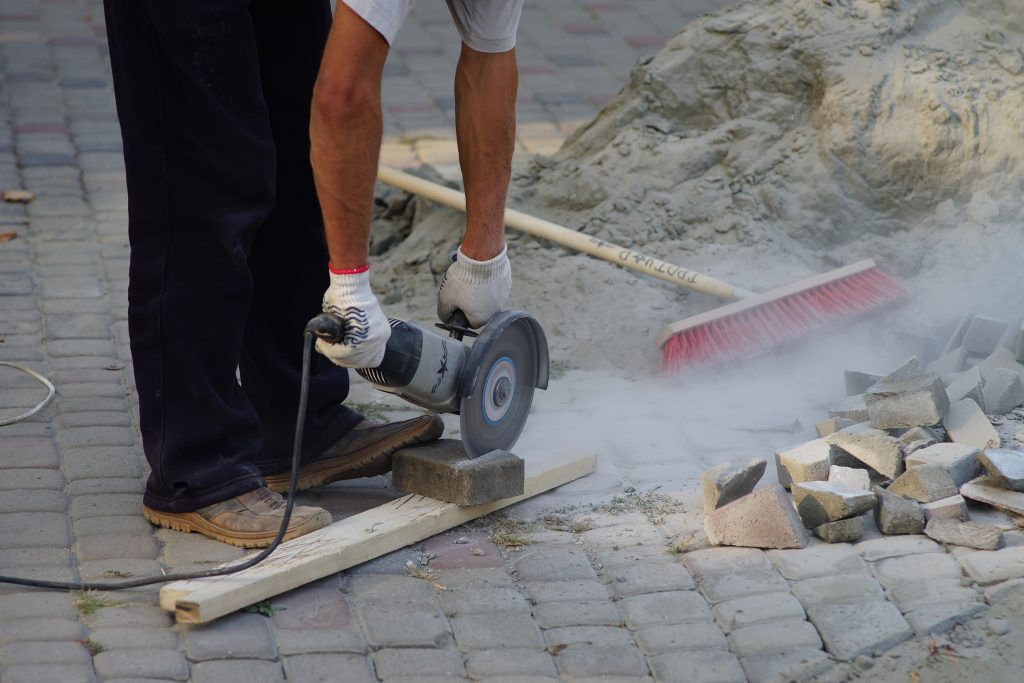
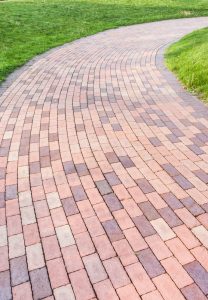 1. Map out the area
1. Map out the area